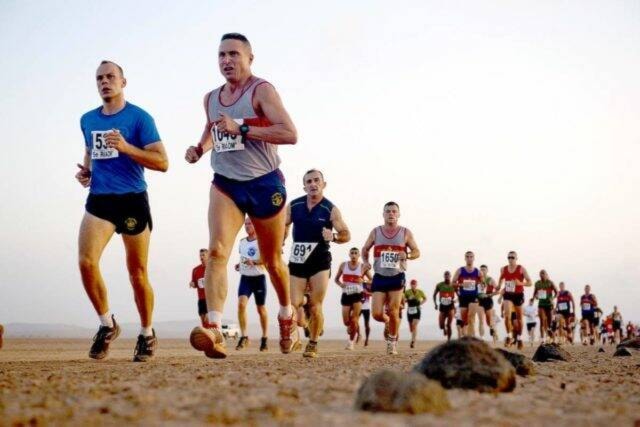Ron Cain | Contributed
How much physical activity is enough? How much exercise do we need to improve our health versus how much exercise we need to achieve optimal fitness? Are optimal fitness levels directly correlated to optimal health?
The truth is we have not spent a lot of time researching these questions.
In general terms, physical activity intensity and frequency follow the law of diminishing returns. In simple terms, you put in a bit of effort, you get significant benefits. If you put in a lot of effort – log tough workouts, you will improve even more but not to the same degree.
Here is a hypothetical trainee: average height and weight 50-year-old person walks three times a week for 30 minutes. They achieve a moderate fitness level and maintain a reasonable fat level but not Sports Illustrated swimsuit issue physic. Suppose that same person increases their workouts to a fast 45-minute walk/jog three times a week and twice a week doing yoga and weights. In that case, they will significantly improve their fitness level - but not as much as the person who goes from totally sedentary to doing 30 minutes of fast walking three times per week.
RELATED: Ease your way into running
The bang for your buck is greatest in doing a moderate amount of exercise compared to doubling that workout.
Older adults trying to work up to very high volumes of exercise with higher intensity will significantly increase the risk of injury. The easy rule to follow is no more than a five per cent increase in duration or intensity every two weeks with an absence of muscle soreness. So a 30-minute brisk walk goes to 32 minutes, then 34, and so on.
A recent study of data from the Framingham Heart Study looked at the data from 2,000 subjects. The new review concluded that mild exercise such as leisurely walking was not as effective as vigorous exercise at improving health. Specifically, vigorous exercise was three times more effective than moderate walking and 14 times more effective than simply decreasing the time spent being less sedentary.
A second finding was that those who recorded the highest level of steps per day at a vigorous level were able to offset the negative impact of being sedentary at other times of the day – think of the office worker who sits eight hours a day and only goes to the gym 45 minutes of the day. Despite the imbalance, the fitness program can partially offset the negative impact of being largely sedentary.
The review of the Framingham study sounds like it contradicts what I initially said. I agree that dialling up the intensity and duration of exercise will make a big difference and a sweaty walk is better than a stroll. The study was not looking at what it takes for a sedentary person to make a considerable improvement in their health, not just fitness.
So if you are a couch sitter, be assured that levitating your posterior off that couch and doing a brisk walk for 20 minutes will make a massive difference to your well-being, physically and mentally. Start easy, and the most challenging aspect is just that – starting. Once you have been following a beginner program for a few months, you are ready to work out much harder.
•••
Ron Cain is the owner of Sooke Mobile Personal Training. Email him at sookepersonaltraining@gmail.com or find him on Facebook at Sooke Personal Training.
